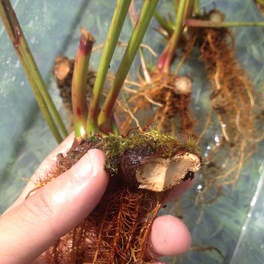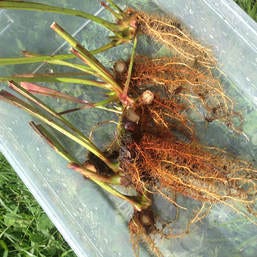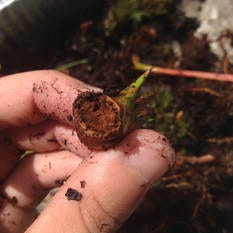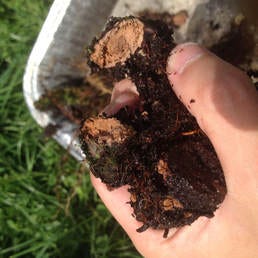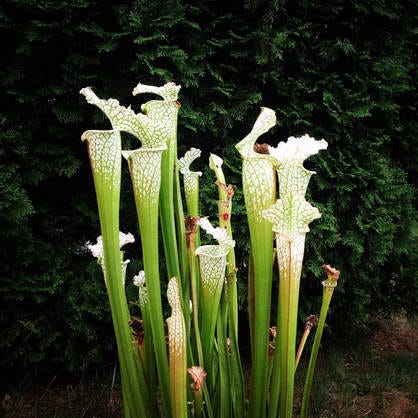SOME THINGS TO CONSIDER AS THE GROWING SEASON BEGINS
How can you set your temperate carnivorous plants up for success as winter turns to spring?
The growing season for temperate carnivores arrives the latest for growers in the Northeast and Midwest. Nevertheless, now that the hours of daylight are increasing and there is no longer snow on the ground, my Sarracenia collection has finally begun to show signs of life. Typically, S. flava and S. oreophila will be the first to send up new pitchers. Many plants that have reached sexual maturity will begin to put up flower buds at this time; if you do not want seeds, then you may wish to cut the flowers after blooming as seed production diverts resources.
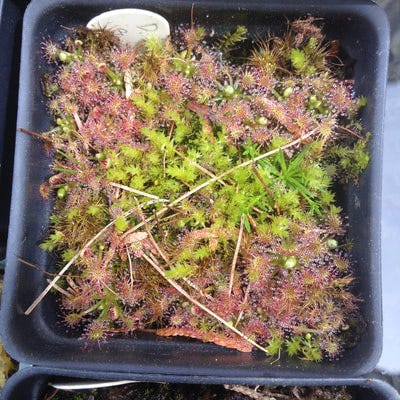
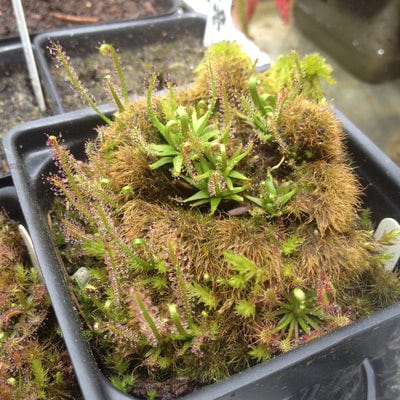
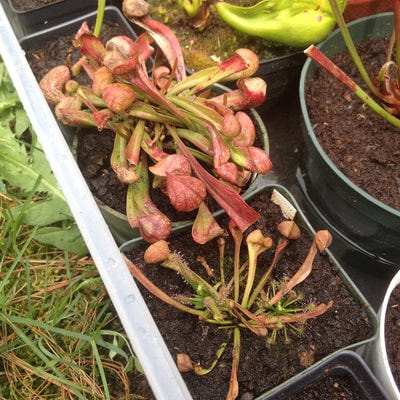
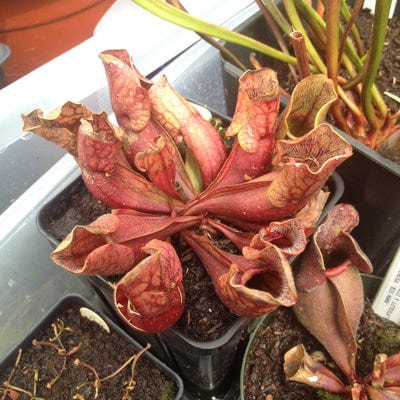
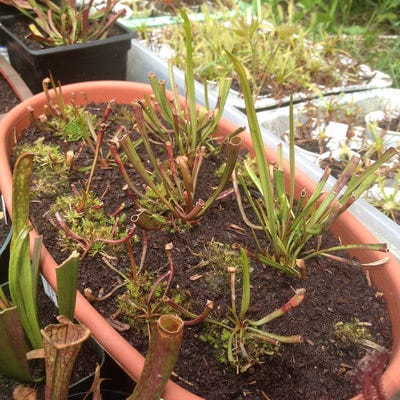
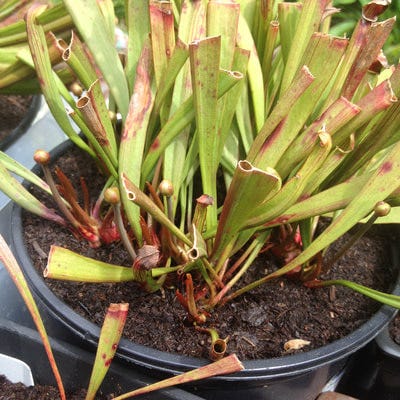
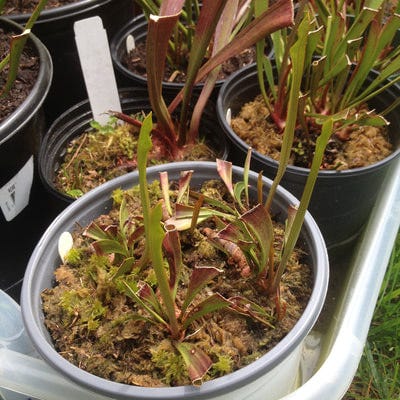
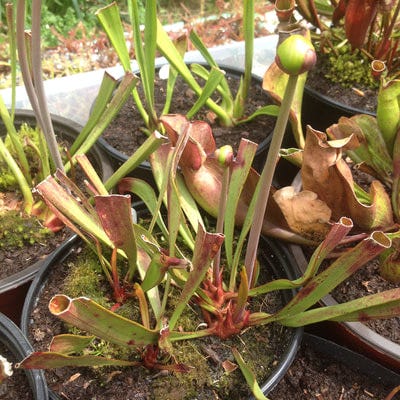
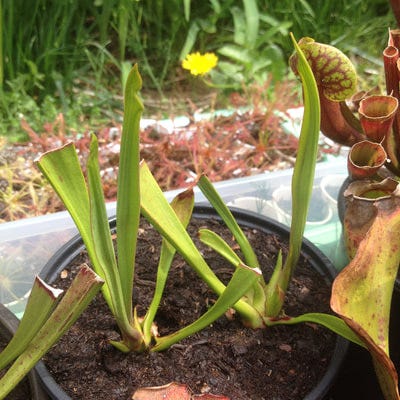
Dealing with Rhizome Rot
Despite the excitement however, I also find this time of year to be the riskiest for my collection; consistent rain and cool temperatures throughout April mean that many plants are at risk of rot throughout early spring. Dying plants should be removed immediately to prevent the spread of fungal infection. However, noticing rot in the first place can be difficult - by the time the growth points show obvious signs of collapse, the rest of the rhizome will oftentimes already be compromised.
Rot can result from a variety of factors (such as water or media with high TDS, repeated thawing and freezing, and saturation with stagnant water). However, the combination of cooler temperatures and constant rain in early spring seem particularly inclined to weaken even healthy plants to the point where they succumb to opportunistic fungal pathogens.
Although efforts can be made to save a plant if the problem is noticed early enough, it is obviously preferable to not have to deal with the issue in the first place. Here is a list of things that I personally find helpful in reducing the risk of rot:
Be diligent in changing media (particularly if you are growing in pots - bog gardens seem to not have this issue as much). Old, compacted media can quickly become anaerobic and encourage infection; completely replace the media every few years or so.
Remove as much dead tissue as possible when repotting. Masses of old leaves and decomposing chunks of rhizome are excellent places to harbor pathogens.
Do not allow the plants to sit in stagnant water. This is usually not a problem for me since water evaporates so quickly from my trays during the summer.
Protect the plants from late frosts and repeated freeze/thaw cycles during dormancy. This is usually a major issue for growers in zone 6 and colder; I find a thick layer of pine needle mulch to be very helpful in insulating my collection in winter.
Be mindful of the quality of your media and water. Although Sarracenia are somewhat more tolerant of dissolved solids than more sensitive CPs like Drosera, high salt concentrations are still detrimental.
Do not bury the rhizomes too deep in the media and do not allow your media to be consistently waterlogged. The latter issue seems to vary by species; while S. psittacina adores constant flooding, S. leucophylla and S. flava do not.
Just grow the plants the best that you possibly can! It may seem obvious, but healthy plants are far less susceptible to infection.
Of course, the preventative measures listed above are not 100% effective. Emergency surgery should be performed quickly if you notice that a plant has rot and you wish to save it. Identifying rot early enough is difficult, so you must carefully observe your collection - I become suspicious of any plants that do not put out flowers or new pitchers at this time. Rotted sections of rhizome are also far softer than healthy portions; however, if it has progressed to the point where the majority of the plant is "squishy," you are likely too late.
